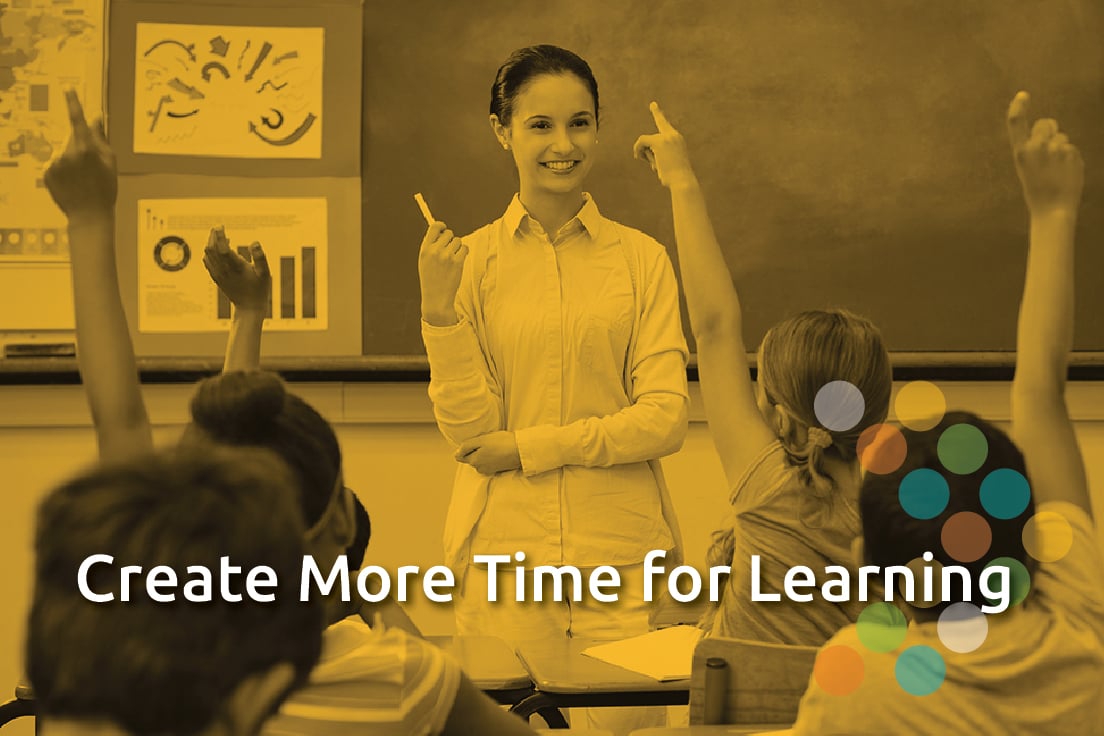By: Rachel Brown, Ph.D., NCSP
As the school year comes to a close, it is important to think about how to prepare for next year so that students will be able to access appropriate instruction as soon as the new school year begins. A key to effective tiered supports is strong professional development (PD). As outlined by Dr. Jennifer Knutson in a February 2018 webinar, carefully planned PD is essential in order to meet the learning needs of all students. Key features of effective PD include alignment with the curricula, schedules that include multiple sessions over time, and “booster” sessions or advanced content for teachers who have mastered techniques covered in prior years.
PD-Curriculum Alignment
The cornerstone of an effective PD plan is making sure that it includes content linked with the curricula that teachers are expected to use. Such linkages need to cover not only the Tier 1 core programs, but also those used in Tiers 2 and 3. One way to ensure alignment is to contract with the content publishers to provide the PD. This has the benefit of making certain that teachers will learn about the most up-to-date materials and methods as well as unique features included in the programs. A drawback to using publisher-based presenters is that it can be very expensive and might become repetitive if used every year. Another option is to have one or more full-time staff become internal experts about the adopted programs. Many publishers offer intensive training programs to prepare local staff to serve as internal trainers. The investment in such internal expertise can pay off over the long term because such staff can then provide annual PD for other staff. If providing PD for all of the adopted programs across all tiers of service is not feasible, it is best to focus on providing PD for Tier 1 core instruction because it will affect the largest number of students.
PD Schedule
A second important component of effective PD is to have a planned schedule that is accessible by all teachers. Such a schedule will be the most helpful if it incorporates a multi-year plan that covers all programs in use in the district as well as provides multiple sessions per topic across the school year.
Multi-year PD schedule. Having a PD schedule that includes planned content over multiple years will allow teachers to plan for ongoing preparation in all the content they teach in regular cycles. It might not be possible for elementary teachers to attend and benefit from annual PD in reading, math, and writing, but a three-year schedule that allows them to participate in one subject per year would ensure that they remain up to date in all three content areas. Similarly, for interventionists it might not be possible to participate in annual PD for the three or more specific programs they teach, but a long-term schedule would allow them to remain current with emerging practices on a regular basis. Knowing that schools review and revise what programs, materials, and methods are adopted in their curricula, one approach to creating a multi-year PD schedule is to match it to the curriculum adoption schedule. This has the benefit of planning for introductory PD in years when a new program is “rolled out” but refresher PD in subsequent years until the curriculum in that area is revised.
Multiple sessions per topic. Although not as widely used in many schools, providing PD that includes multiple shorter sessions per topic instead of one, day-long, event is better. Research confirms that teaching that includes “spaced practice” instead of “massed practice” results in better long-term learning outcomes. This is true for both children and adults. Spaced practice refers to a series of shorter lessons with practice opportunities in between. This is compared to massed practice which includes one long session only. Research has consistently shown that spaced practice is much more effective (Desimone, 2011; Dubinsky, Roehrig, & Varma, 2013; Penuel, Fishman, Yamaguchi, & Gallagher, 2007). Despite these findings, much teacher PD remains focused on massed practice, 1-day events with no follow up.
In order to move teacher PD forward in ways that will allow it to support truly effective tiered supports, creating spaced practice PD schedules is important. Since one-day PD events are still very much the norm in education, it will take time and planning to make spaced practice possible. One first step is to select one topic for spaced PD next year and create a schedule for that alone. This will narrow the effort and logistics necessary to implement spaced practice to a smaller scale. Ideally, the topic for the initial spaced practice attracts those teachers who are willing to try something different and provide feedback on the experience. Having at least an initial spaced practice PD experience for teachers next year could be an important way to advance the extent to which PD influences student outcomes in your district.
Advanced PD
A final consideration for next year’s PD is what opportunities will be available for the advanced teachers who have mastered the knowledge and skills included in the typical PD offerings. For such teachers, it can be important to include topics that will extend their learning in relation to the tiered supports provided for students. In this regard, having advanced PD is a form of differentiated instruction for grown-ups. Without advanced topics that fit their learning needs, some teachers are likely to “check-out” of the available sessions and become disengaged from PD altogether. Advanced topics can include how to use core or intervention materials with diverse learners as well as preparation to provide PD in the future.
Summary
Professional Development has the potential to play an important role in student learning, however, it can fulfill this role only if carefully planned and implemented according to available research about effective practices. Many teachers complain about the PD typically provided but different options are possible. Through alignment of PD content with core and intervention curricula, long-term scheduling, and advanced topics, schools can support teachers in their own learning so that they can maximize outcomes for students.
References
Desimone, L. M. (2011). A primer on effective professional development. The Phi Delta Kappan, 92(6), 68-71. doi:10.1177/003172171109200616
Dubinsky, J. M., Roehrig, G., & Varma, S. (2013). Infusing neuroscience into teacher professional development. Educational Researcher, 42, 317-329. doi:10.3102/0013189X13499403
Penuel, W. R., Fishman, B. J., Yamaguchi, R., & Gallagher, L. P. (2007). What makes professional development effective? strategies that foster curriculum implementation. American Educational Research Journal, 44, 921-958. doi:10.3102/0002831207308221








